
About 80% of the area of Nagano Prefecture is covered with forests. There are many famous peaks in the Japanese Alps, and popular sightseeing spots such as Kamikochi and Mt. Shirouma (or Mt. Hakuba as called by the locals) are also located in Nagano Prefecture. Of the 23 mountains with altitude of 3,000-meter-or-above in Japan, 15 are in Nagano Prefecture! Now you may be wondering, what kind of food culture and local gourmet are there in such a representative mountainous prefecture of Japan?
* Purchases or bookings made through links in this article may contribute a portion of the sales to FUN! JAPAN.
🚅Book your Shinkansen ticket with NAVITIME Travel! 👉 Click here
What is "B-grade gourmet"?
In Japan, each prefecture has its own local gourmet, but each area also has its own "B-grade gourmet", which is the comfort food of the locals. "B-grade gourmet" is the ultimate local food that is loved by the locals and cooked with local ingredients without using any fancy techniques or decorations.
Features of Nagano Gourmet
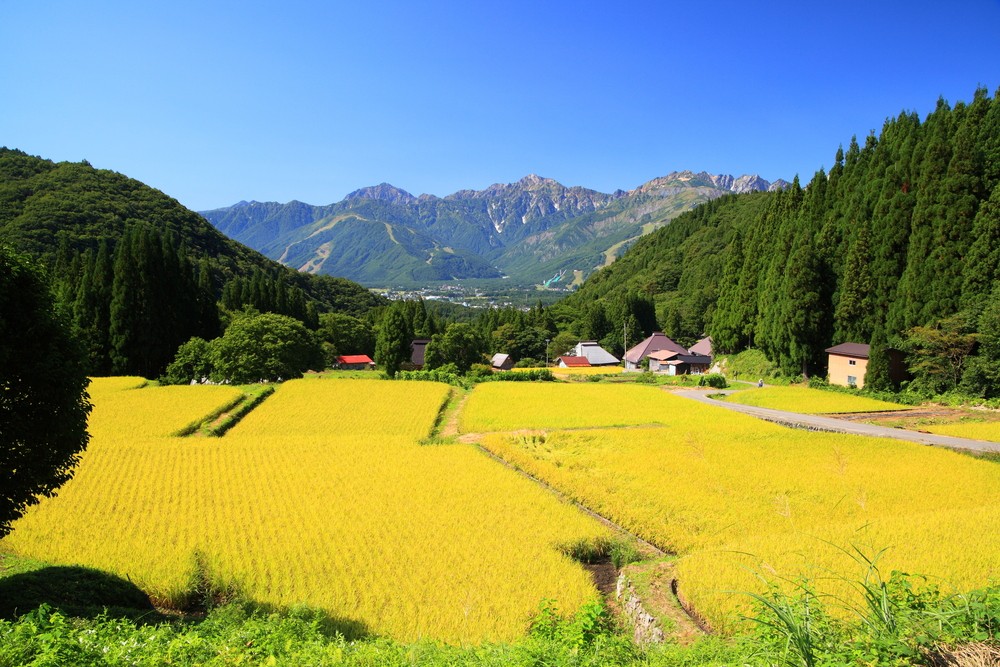
Nagano Prefecture is the fourth largest prefecture in Japan and the largest landlocked prefecture in Japan that does not border the sea. Therefore, gourmet food in Nagano Prefecture is mainly associated with forests and agricultural products.
The agricultural lands in the prefecture spread over highlands with an altitude of 300m to 1,500m. Agriculture takes advantage of the blessed natural conditions, such as the large temperature difference between day and night and the large annual temperature range.
Furthermore, agricultural standards have improved significantly thanks to the active development and dissemination of agricultural technology. The total number of farms (*1) is the highest in Japan. Moreover, the production of vegetables and fruits is thriving, and the production volume is also top class in the country. For example, wasabi, lettuce, celery, and bunashimeji mushrooms all boast the highest yields in Japan (*2).
*1: From Statistics Bureau, Ministry of Internal Affairs and Communications "Statistics of Japan 2022"
*2: From Ministry of Agriculture, Forestry and Fisheries “2020 Production and Shipment of Vegetables” and “2020 Special Forest Products Basic Materials”
Nagano B-grade Gourmet
Sanzoku-yaki (Bandit's fried chicken))

Simply put, it is "chicken cutlet" made by frying garlic-soy-sauce-marinated and starched chicken breast or thigh. It is a local dish that originated in Matsumoto City and Shiojiri City in Nagano Prefecture, and is now eaten all over the prefecture.
There are various theories about the origin of the name Sanzoku-yaki (山賊焼 - literally means 'Bandit's grill'). One theory states that the first manager of the izakaya "Sanzoku" (山賊) in Shiojiri City had a wild appearance like a mountain bandit, while there is another story syaing he named it "Sanzoku" (Bandit) in order to give it an interesting name that no other people would use. It is also said that afterward, the Sanzoku-yaki became so popular with the customers that the name of the restaurant was changed from "Matsumoto Shokudo" to "Sanzoku".
Why is it called 'yaki' (焼き - roast or grill) even though it's a deep-fried dish? According to one theory, edible oil was scarce in Japan at the time, so it was only lightly grilled in a frying pan with a small amount of oil. According to another theory, it is said that this name was given because the pronunciation of fried chicken is "tori wo ageru" (鶏を揚げる - to fry a chicken) which sounds the same as "(mono wo) toriageru" ((物を)取り上げる - to take away) as in bandit's act of robbery of property.
Shinshu salmon bowl
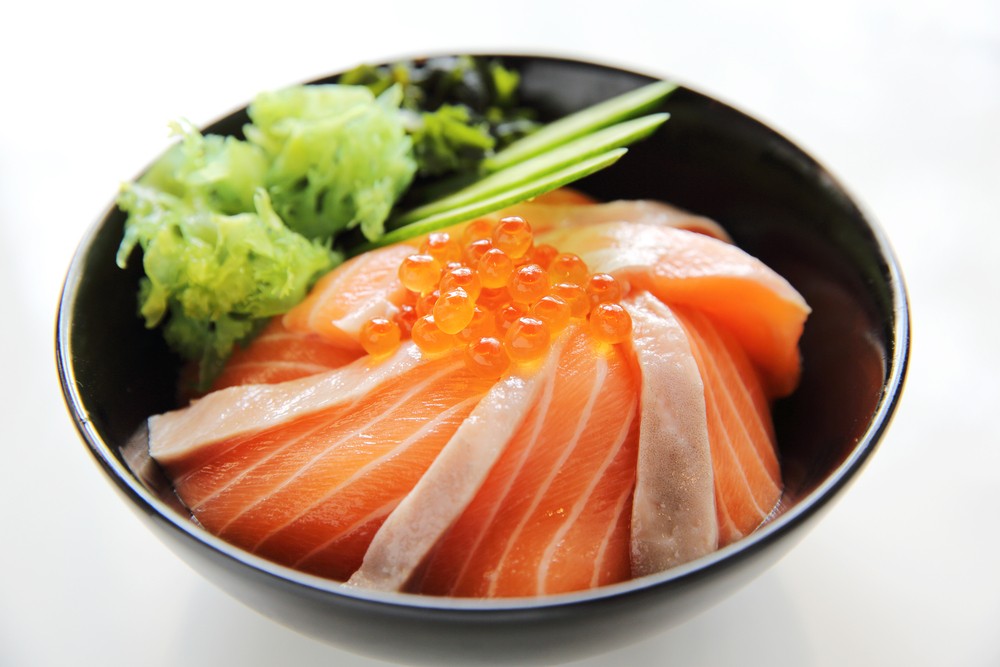
As Nagano is a landlocked prefecture, fishing and aquaculture in the prefecture's rivers and lakes has long been popular for marine products. In 1950, large-scale artificial farming of rainbow trout was started in order to raise local specialty fish. In 1994, rainbow trout and brown trout were crossed and bred. After 10 years of efforts, a new breed of aquaculture called "Shinshu salmon" (信州サーモン) was finally born.
Shinshu salmon has a silvery body like common salmon and bright red flesh. Compared to sea-farmed salmon, it is low in fat, high in protein, and stable in quality.
In addition, because it is a specially farmed breed and can be eaten as sashimi without worrying about parasites, it has become established as a representative high-class fish of Nagano Prefecture. In Nagano Prefecture, mainly in Azumino City, shops with orange flags saying "Shinshu salmon" as marks are places where you can eat Shinshu salmon. In addition to sashimi, Shinshu salmon rice bowl with just the right amount of fat is also popular with the locals. The seasonings and garnishes are different depending on the store, so it is recommended to eat and compare them if you have a chance.
Hon-wasabi meshi (real wasabi rice)

Wasabi (Japanese horseradish) can be divided into two main types: Western wasabi, which is a Western variety, and Hon-wasabi, which is native to Japan. Wasabi from Nagano Prefecture is not only brightly colored and fragrant, but when you grate it and eat, it has a pungent spiciness that makes your nose tingle at first, and then it turns sweet.
In fact, Azumino City in Nagano Prefecture is one of Japan's leading wasabi production areas. Nagano, which boasts Japan's largest production of wasabi (*3), has B-grade gourmet dishes that use wasabi as the main ingredient. Japan's largest farm "Daio Wasabi Farm" (大王わさび農場) in Azumi City has improved its wasabi many times and produced "Hon-wasabi Meshi". It consists of hot white rice, nori seaweed, bonito flakes, green onions, and of course fresh wasabi. Wasabi usually plays a supporting role, but here it is the irreplaceable main star. If you want to enjoy its fresh taste, then by all means try the real wasabi rice!
*3: Calculated based on the total production volume of water wasabi and field wasabi. From the Ministry of Agriculture, Forestry and Fisheries "2021 Special Forest Products Industry Statistical Survey".
Chestnut sweets

Nagano Prefecture is also known as a production area for chestnuts (known as '栗' / 'kuri' in Japanese). "Obuse chestnuts" and "Shinshu Ina chestnuts" are particularly famous, both of which have a strong sweetness and a rich flavor.
"Obuse chestnut" was named after the production area "Obuse Town". According to one theory, it has been cultivated in Obuse since the Muromachi period (1336-1573). Its high quality earned it a reputation and was presented to the Edo Shogunate.
On the other hand, "Shinshu Ina chestnuts" began cultivation in 2003. Due to the favorable climate and geographical environment of the cultivation area "Inadani" valley in the southern part of Nagano Prefecture, the improvement and thorough management of cultivation techniques by experts and farmers, and the development of various related products by food processing companies and sweets shops, Shinshu Ina chestnuts boasts popularity on a par with Obuse chestnuts.
In addition to buying them at supermarkets and agricultural stores, we recommend visiting the production areas in the autumn. Not only is it the freshest chestnut, but you can also enjoy sweets made with chestnuts, such as 'kuri kinton', chestnut anpan, and even Mont Blanc!
Inago no Tsukudani (locusts in sweetened soy sauce)
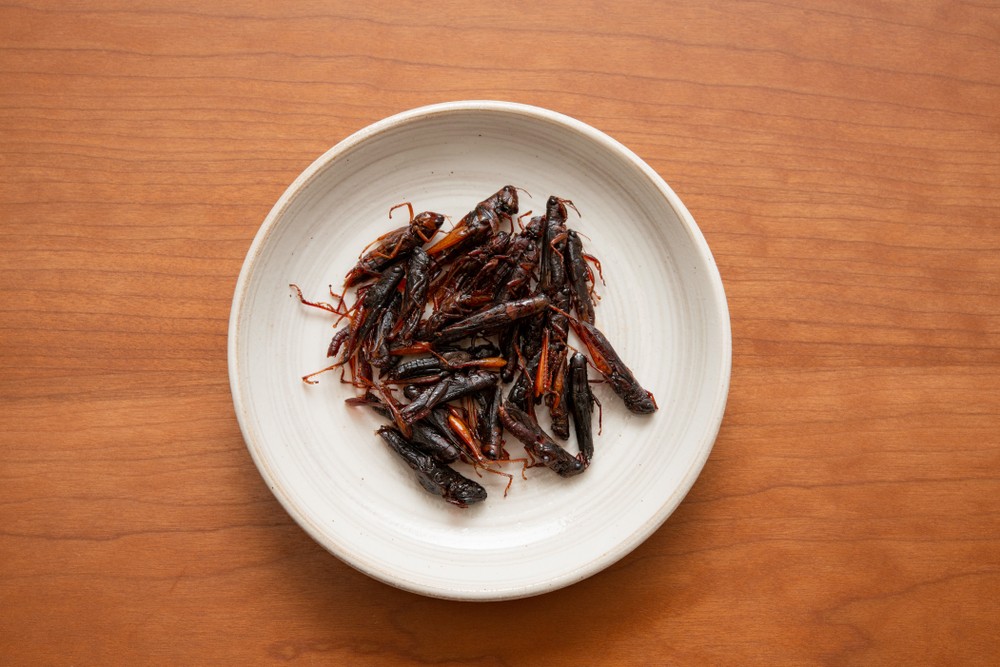
Although it draws a line with "B-grade gourmet" whose definition is cheap and can be eaten on a daily basis, the area around "Inadani" has a long history of eating insects such as locusts and bee larvae. One of the typical insect dishes is “inago no tsukudani” (イナゴの佃煮), which is made by leaving locusts overnight to drain all their excrement, heating them in boiling water, and then boiling them down with soy sauce and sugar.
Inago no tsukudani may require courage to eat, but in mountainous prefectures like Nagano, insects used to be the main source of animal protein. Eating locusts and other pests that adversely affect crop yields not only protects the rice plants, but also provides nutritional support, like killing two birds with one stone!
In fact, high-protein "insect food" has been attracting attention in Japan in recent years. MUJI released its "cricket crackers" and "cricket chocolate", and there is a low-fat, high-protein insect restaurant appeared in Shibuya, Tokyo. Even gacha-gacha machines with insect dishes also made their appearance too!
B-grade gourmet related articles
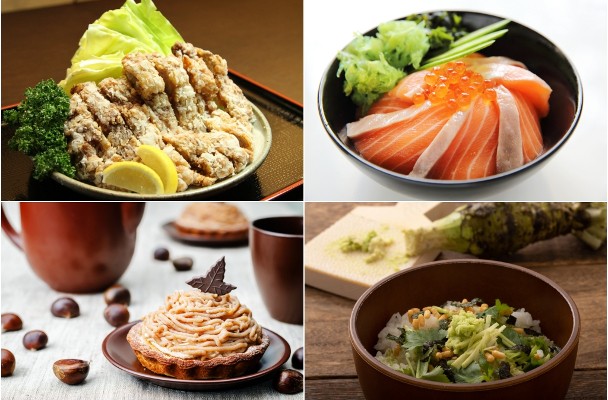
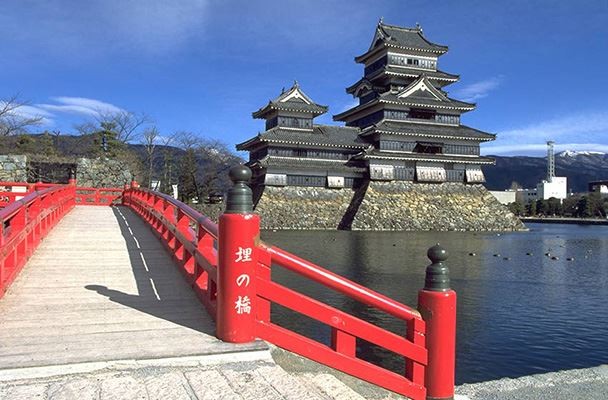
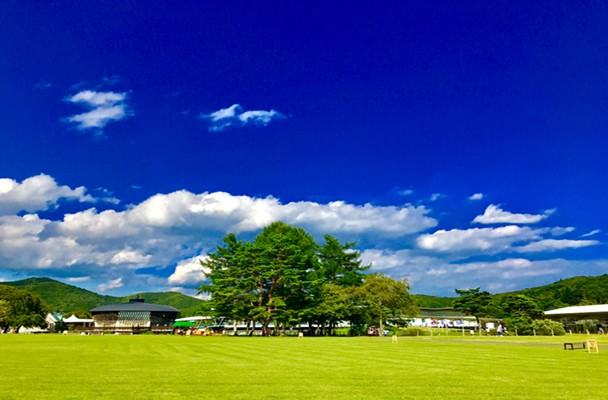
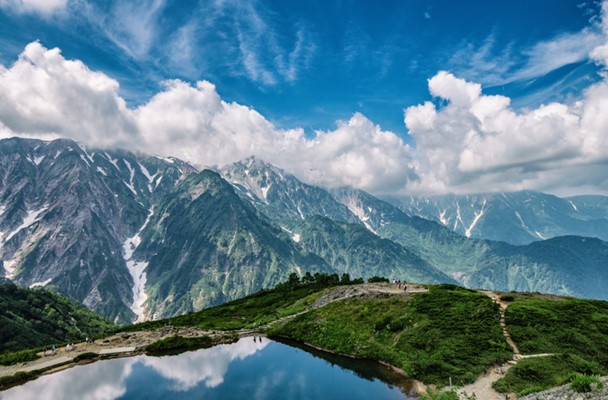
Comments